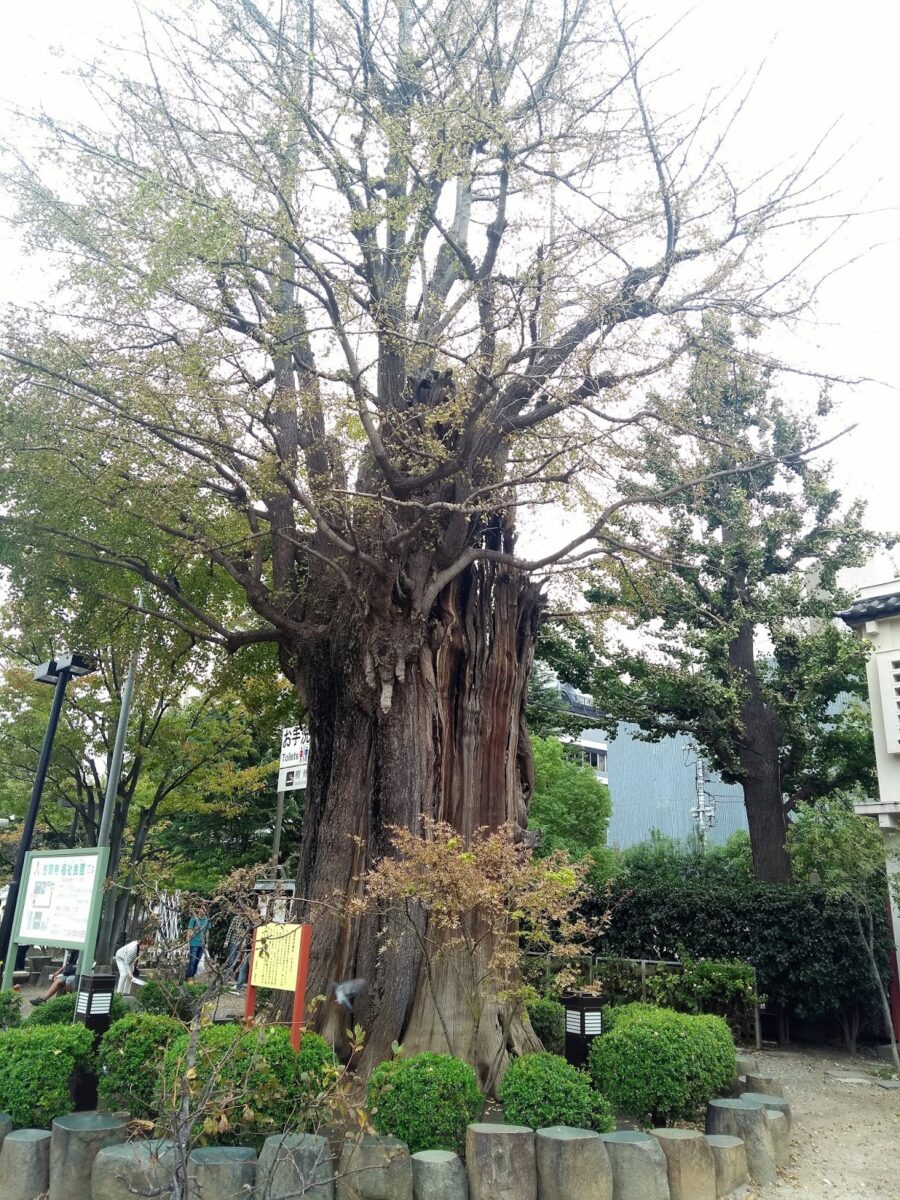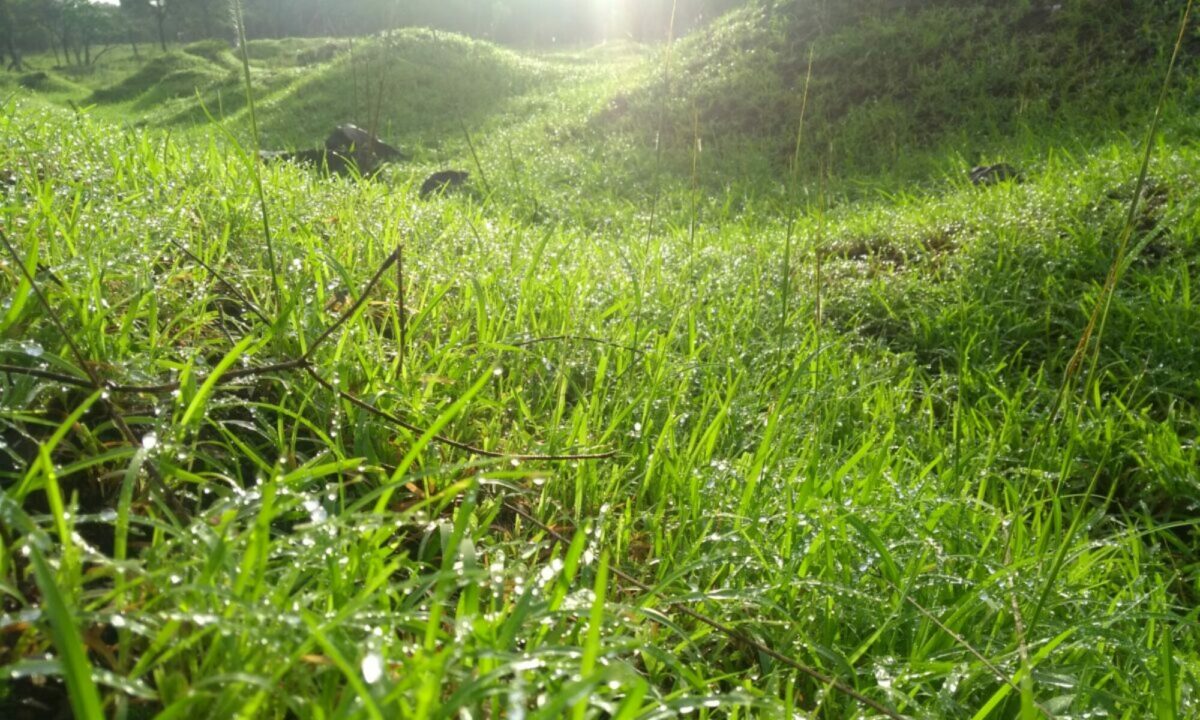
This is my second ThursdayTreeLove post with the same title! Its not for lack of creativity but this seems to be the apt choice for the tree that I want to share.
My alternative title for today was Living Fossil.
With that, some of you may have guessed the ID of my tree.
That’s right! This is the Ginkgo biloba which is known for its brilliant yellow Fall Foliage.
I saw the above tree in the premises of a temple in Tokyo and it seemed to have its apex burnt off by lightning. It was obviously a very old tree judging by the texture and girth and appearance of the trunk. Despite losing its apex at some point, the tree had developed new lateral branches and continued to flourish. It did have some protection around it but visitors were not really interested in this.
Ginkgo biloba is a gymnosperm which means the seeds are not covered by true fruit. It tolerates a wide range of soil conditions, disturbed environments and air pollution. In fact, six Ginkgo trees even survived the A-blast of 06 August 1945 in Hiroshima. It is commonly seen as an avenue tree in urban areas – New York, Shanghai, Tokyo (some cities that I spotted the Ginkgo). It is called a living fossil because it is the only living species of its group.
Ginkgos boast pretty fan shaped leaves which are very distinctive. It is dioecious which means female and male specimens are separate. Most trees planted in cities are male because the fruit like seed has a foul smell when it falls to the ground!
This is among my favourite species, especially for its wonderful leaves.
Do you have the Ginkgo growing in your city?
I am joining Parul in her #ThursdayTreeLove blog hop. Do head over to see some glorious trees from around the world.

We certainly do have ginkgos where I live in upstate New York – they don't grow near as tall; the climate isn't totally right for them. But, in the fall, they turn such a fantastic yellow. They are one of the hardest trees to kill, but the females drop small fruits that you don't want to smell. So they try to plant males (this tree has male and female) and guess what – some of the males will turn into females. A most amazing tree in your post.
This is a beautiful tree. I love trees that look like they've LIVED. Thanks for a great, informative post.
Certainly, a good initiative to provide knowledge about trees.
Very beautiful! Is that a bird in the picture? I don't think I have seen a Gingko Biloba tree, rather, I wouldn't be able to recognize one. Thank you for sharing this, Archana. And thanks for the commentary. Very informative!
@Alana Happy you could stop by and Thanks for sharing your thoughts! 🙂
Thanks Chandra!
Thank you Harry!
@Vidya – I have yet to see this species in Pune. The leaves are beautiful. Happy that you could stop by!
The tree is simply "WOW" loved the look of the tree and am so happy that you have so much information about this tree, I like the way you present the post of trees in details, I have not seen a tree like this and thanks for today I learnt a new tree name Gingko Biloba:)
@Angela Thank you so much! 🙂
What a beautiful one and imagine the age of the trees. Amazing to know the facts. No wonder that you wanted to call the tree, a survivor.
@Parul.. its appearance suggests it having endured some damage.. That has only added to its character.. Thanks for hosting this bloghop..